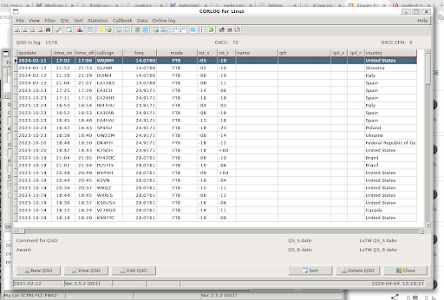I’ve started looking into battery charger repairs for some of my baofeng chargers. I tried to buy a charger for my DM 1801 DMR radio, but the ones they shipped me did not work. They would charge, but were unable to detect when the battery level falls. A working charger using the hc5812 chip will flash quickly between red and green. A defective charger flashes slowly. The hc5812 looks similar to a tp4056, only it handles 8 volts, enough to charge two cells providing 7.4 volts. The newer chargers use a HXN-TWS chip that is very similar to an sc6038. I am currently breadboarding a charger so I needed to get the HXN-TWS onto a breadboard. As it is a SMD chip, I bought 10 adapter chips for .89 from AliExpress. This is the end result. I use 60/40 solder for the mounting pins and 138°C solder paste for the SMD. I have had good luck with this technique and use a hot air station at 180°C to solder the SMD. Shown is a completed chip, a blank adapter board, an SMD chip, and the 2.54mm breadboar




